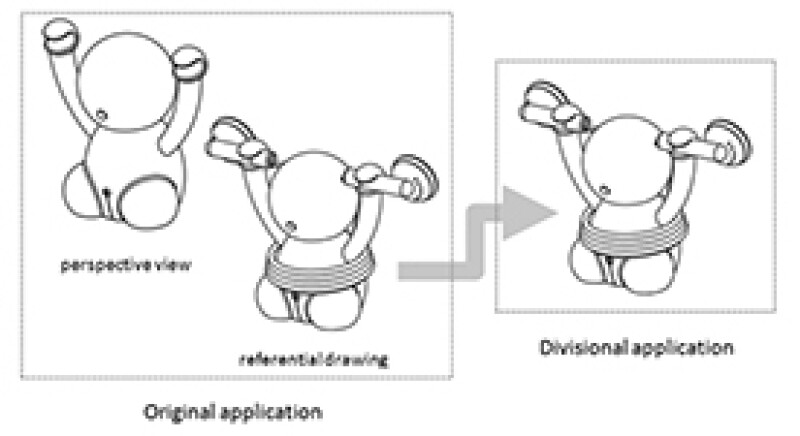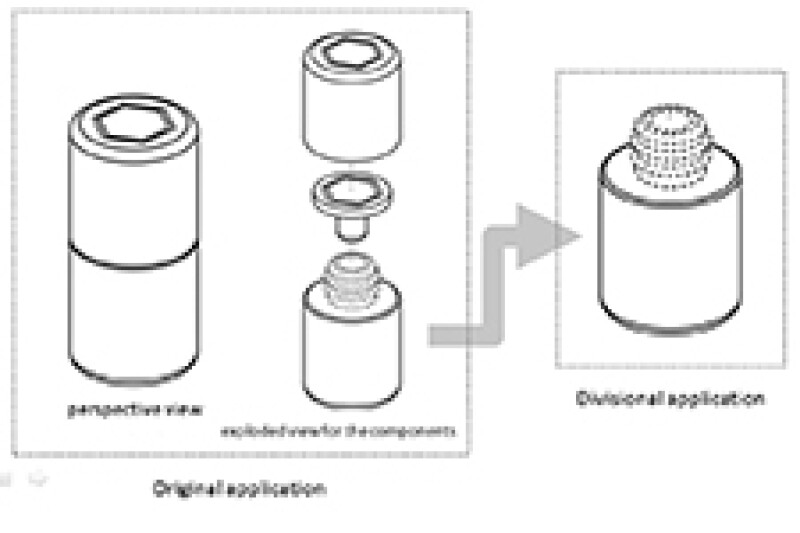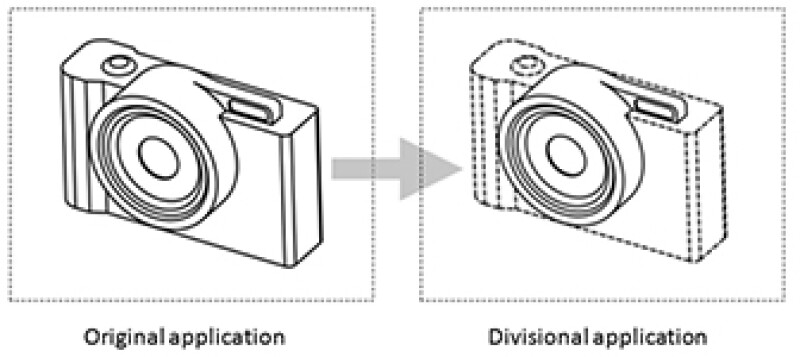Taiwan's IP Office (TIPO) has revised the current design examination benchmark in a bid to keep pace with the development of emerging technologies, and also to institutionalise the regulations and practices. The amendment which will take effect on November 1 2020 is substantially as follows:
1. The drawing required of a design application
The drawing of a design application should contain a sufficient number of views which are clear and complete to constitute a full disclosure of the appearance of the design. Generally, the omission of a view is allowed only when (i) two plan views are mirror-imaged or symmetrical; or (ii) the appearance of an omitted view would be evident from the other views. So long as the applicant specifies in a design description reasons for omission, the appearance of the omitted view will still be deemed to be part of the design.
Moreover, TIPO will not necessarily designate a deadline for the applicant to submit any omitted view(s); instead, the appearance of the omitted view(s) could be regarded as forming no part of the design. However, a design application will be rejected for not fulfilling the "sufficiency-of-disclosure" requirement if the ornamental features of the claimed design are not clearly or completely illustrated in the drawing on file.
2. Interior designs, and designs for immovable properties, including buildings, houses, bridges and gardens, are positively referred to in the amendment as patent eligible.
3. Divisional filings
According to the current examination benchmark (before amendment), it is not permissible to file a divisional application directed to the non-claimed portion of a design application (original design application) in case only one single article is illustrated in the drawing of the original design application without any showing that the claimed design is applicable to multiple articles.
The amendment will relax this restriction so that a divisional application can be filed for any design which has full support from and does not extend beyond the content of the original design application. The following exemplified divisional applications are all acceptable to TIPO according to the amendment:
1) A divisional application for a design disclosed in the referential drawing of the original design application

2) A divisional application for a component clearly illustrated in the drawing of the original design application

3) A divisional application claiming a scope different from that of the original design if it has full support from the disclosure of the original design application

4. Articles to which a graphic image design can be applied shall include "computer software product"
According to the current examination benchmark (before amendment), articles to which graphic image designs (including computer-generated icons (CGIs) and graphical user interfaces (GUIs)) can be applied only include "screen", "monitor", "display panel" or other display devices. Parallel to information technology, images generated by using projectors or virtual reality technology should no longer be excluded from design protection, especially when most image infringers are not hardware manufacturers but computer software producers. Thus, the amendment sets out the following:
1) CGIs and GUIs are re-defined as two-dimensional or three-dimensional virtual graphics generated by computer software products and displayed or projected through a variety of electronic devices.
2) Articles to which a graphic image design can be applied shall include "computer software product" and acceptable titles of such designs are the following: computer software generated "icons", "graphical user interfaces," "operation menus" and "display screens", to name just a few.
If a "computer software product" is included in the above manner in the title of an application for a graphic image design, in lieu of a specific electronic product, all identical or similar graphic image designs applied to electronic information products will be included in the search for "similarity test." On the other hand, identical or similar designs or patterns on physical items will be excluded from the search.
For instance, if a graphic image design application entitled "a computer software generated icon" is filed, during examination, all prior design patents/applications for "icons on the control console of washing machine," "icons on TV" and so on so forth will be included in the search. This is not the case if the prior designs located are, for instance, "graphics or patterns on wrapping paper or fabrics," or "graphics on physical buttons of mobile phones."
If a graphic image design application entitled "a mobile phone icon" is filed, prior designs for "icons on the control console of washing machine" "icons on TV" etc. will all be excluded from the search.
3) In the drawing of an application for a graphic design, there is no need to illustrate the carrier, such as "screen," "display" or "display panel" with a dashed line so as to show that it is a non-claimed portion of the design. On the other hand, a dashed line can be used to illustrate the non-claimed portion of a graphic image design.
If a graphic image design is formed by multiple separable units, or if it is necessary to clearly illustrate in the drawing what is claimed in a graphic image design application so as to avoid confusion, a boundary line drawn in a dashed or other broken line must be shown in the drawing.











